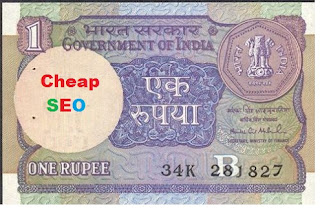How Long Does SEO Take - Let us Discuss Some Interesting Facts
Introduction
Search Engine Optimization (SEO) is a long-term strategy that requires patience and persistence. The time it takes to see results depends on multiple factors, including competition, keyword difficulty, and website authority. This article will explore the various elements that influence SEO timelines and provide insights on how to accelerate your progress.
Factors That Affect SEO Timelines
1. Keyword Optimization
Conduct thorough keyword research using tools like Google Keyword Planner or Ahrefs.
Target both short-tail and long-tail keywords relevant to your niche.
Integrate keywords naturally within headings, subheadings, and body content.
2. Content Structure and Readability
Use proper headings (H1, H2, H3) to break down content logically.
Keep paragraphs concise (3-4 sentences) for better readability.
Utilize bullet points and lists to present information clearly.
3. Meta Descriptions and Title Tags
Craft engaging and keyword-rich title tags under 60 characters.
Write compelling meta descriptions (under 160 characters) that encourage clicks.
Ensure title and meta descriptions accurately reflect the page content.
4. Internal and External Linking
Link to relevant internal pages to improve website structure and user experience.
Include authoritative external links to build credibility and add value.
Use descriptive anchor texts for better SEO impact.
5. Multimedia Integration
Add high-quality images, infographics, and videos to enhance engagement.
Optimize image alt text with relevant keywords.
Ensure multimedia content is responsive and loads quickly.
6. Mobile Optimization
Implement a mobile-responsive design for seamless viewing on all devices.
Test website usability on different screen sizes.
Use Google's Mobile-Friendly Test tool to identify issues.
7. Page Load Speed
Compress images to reduce file size without losing quality.
Leverage browser caching and minify CSS and JavaScript files.
Use a Content Delivery Network (CDN) to improve load times globally.
8. Content Originality and Quality
Publish well-researched, original content that provides real value to users.
Avoid duplicate content to prevent penalties from search engines.
Update old content regularly to keep it relevant.
9. User Engagement
Encourage user interaction by adding comment sections and CTAs.
Improve user experience with easy navigation and clear calls to action.
Monitor bounce rates and dwell time to assess engagement levels.
10. Regular Content Updates
Keep content fresh by adding new insights and removing outdated information.
Maintain a consistent publishing schedule (e.g., weekly or biweekly).
Track performance metrics to identify content improvement areas.
Conclusion
SEO is a continuous process that requires ongoing efforts. While some results may be visible within a few months, achieving long-term success requires consistent optimization and high-quality content. By implementing the strategies outlined above, you can improve your SEO performance and reduce the time needed to see meaningful results.



